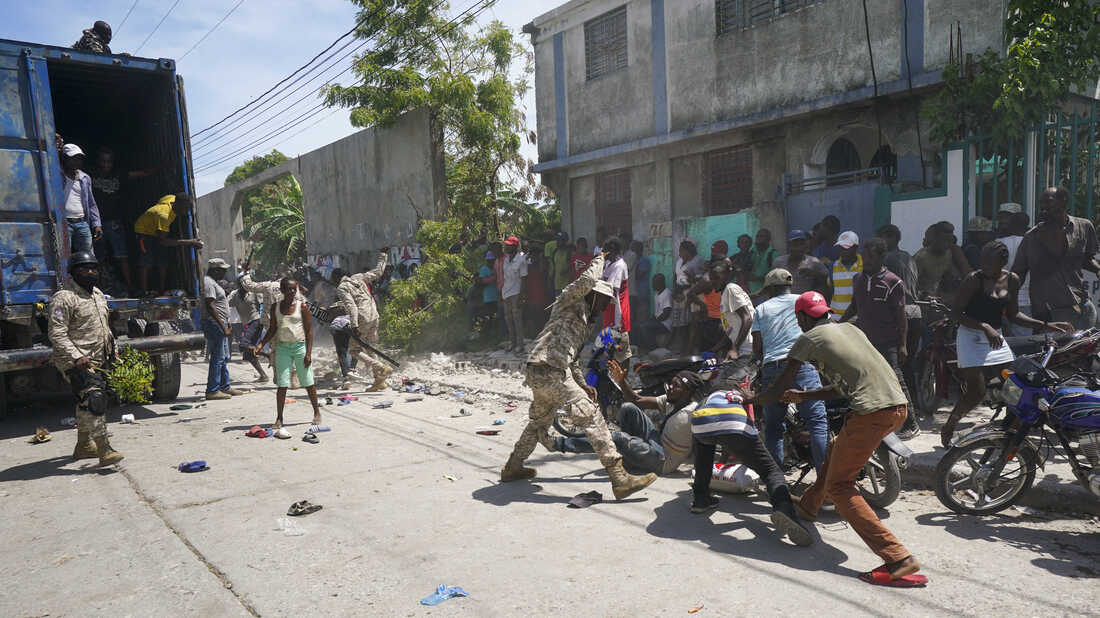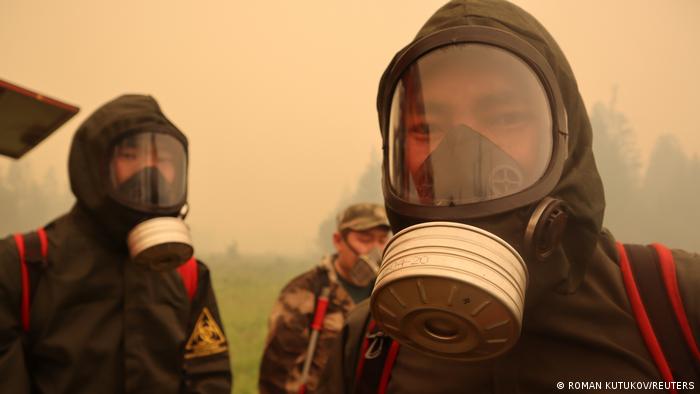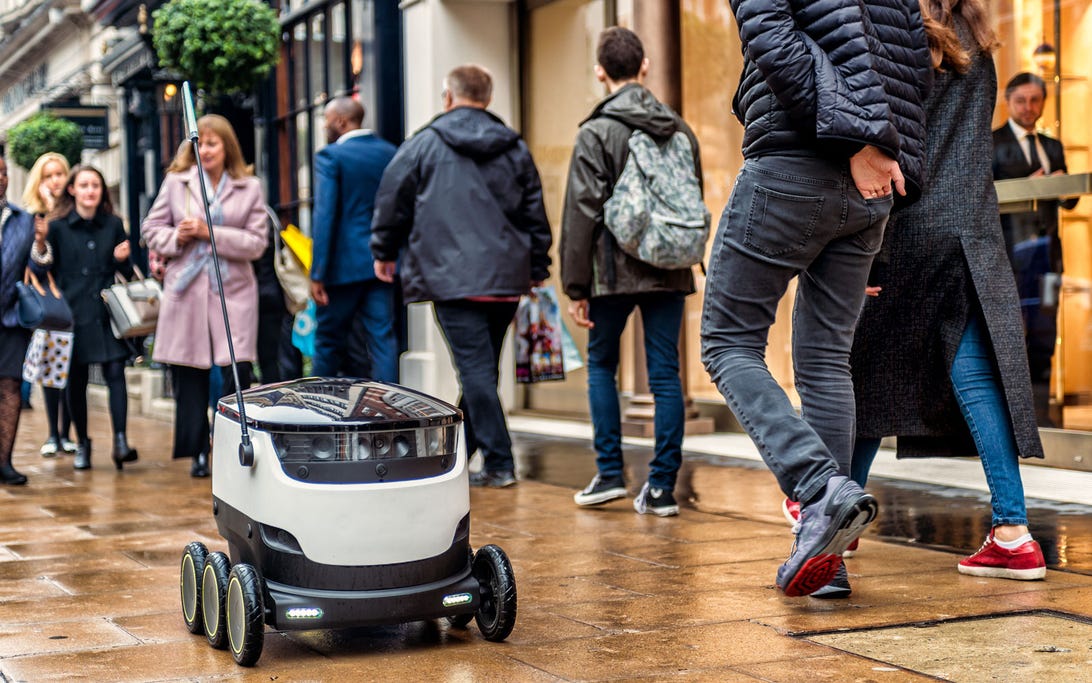
For the first time in 30 years, a hurricane is set to make landfall in coastal New England. Not since Hurricane Bob struck the region in 1991 have New Englanders been directly struck by a storm of this magnitude.
As of Friday afternoon, as Tropical Storm Henri crawled toward eastern New York, Massachusetts, and Rhode Island, its wind speeds were just a few miles per hour shy of the 74 mph that would qualify it as a hurricane.
Since its inception in the middle of the Atlantic Ocean last week, Henri has been challenging to forecast, and its exact path remains unclear still. Depending on how the atmosphere steers it, the storm could swoop over the New England coastline before a quick eastern exit out to sea. Or it could take a much more destructive path west and inland, damaging the much more densely populated portions of these states.

The storm is moving alarmingly slowly; that means it could dump enough rain to cause flooding in a region already waterlogged by the remnants of Tropical Storm Fred, which passed through last week.
The National Hurricane Center (NHC) expects Henri to become a Category 1 hurricane tomorrow, says NHC meteorologist Dennis Feltgen.
“People need to be paying attention to the forecast,” says Feltgen. “They need to initiate their hurricane plan and supplies. Now is the time to do it.”
Why does this rarely happen here?
At her home in the coastal city of Marion, Massachusetts, Woodwell Climate Research Center scientist Jennifer Francis is tracking the storm even as she battens down her own hatches.
“The whole town is in a frenzy,” she says. “I’ve been providing a lot of information to friends and neighbors. I think this one did catch people unaware.”
The storm’s uncertain forecast has less to do with the storm itself, she says, and is more a result of the weather patterns taking shape around it. During the summer, the current of air encircling the Northern Hemisphere called the jet stream gets wavier, and areas of low and high pressure can easily form. Over the U.S. and Canada, two different weather systems were making it hard for models to predict which winds would whip Henri in what direction, yanking it over the Northeast or flicking it out to sea.
The track a storm follows is typically influenced by an area of high pressure called the Bermuda High that produces winds keeping hurricanes at lower latitudes or pushing them back out to sea. Occasionally however, that high can shift, pushing the storm on a northbound path along the coast, as it did with Henri.
Farther west, a low-pressure weather system over the eastern United States and a high-pressure system over Canada is producing winds that further help push Henri northwest. The result of these weather patterns is creating the rare opportunity for a hurricane to make landfall in New England.
"Things have to be just right to have it come up this way," says Francis.
Models now more confidently show it heading toward Long Island and Cape Cod, Massachusetts, than they did earlier this week.
As the storm closes in on the East Coast, two new factors are expected to help Henri become a hurricane.
First, vertical wind shear, a force that weakens hurricanes, will diminish, allowing the storm to keep its shape. Then, the storm will move over warmer-than-average ocean water, giving it a boost. Warm waters are fuel for hurricanes—the warmer the water, the more intense the storm system can become.
While hurricanes this far north are rare, Hurricane Sandy made landfall as a tropical storm in New Jersey in 2012. In 2011, the stormy remnants of Hurricane Irene hit Vermont. It’s also possible for the region to be hit twice in the same year.
“The classic example is in 1954 we had two hurricanes make landfall in New England just two weeks apart,” says Phil Klotzbach, an atmospheric scientist at the University of Colorado who grew up in eastern Massachusetts.
Is climate change to blame?
A recently published UN report reviewed the latest science on climate change. The Intergovernmental Panel on Climate Change outlined a number of ways it is making hurricanes worse, and the report suggested that hurricanes could begin heading farther north and south, toward the poles, as the boundaries of the tropics expand.
While there’s not enough data to say for sure how climate change is influencing Henri specifically and to what degree, its track, like that of most big storms, is likely a result of some atmospheric randomness, says Jim Kossin, a climate scientist at The Climate Service, a private company that helps businesses assess their climate vulnerability. Kossin, who formerly worked at the National Oceanic and Atmospheric Administration, has published research on the effect climate change has on hurricane tracks.
Kossin’s research shows that hurricanes are expected to track farther north in the Pacific, meaning countries such as Korea, Japan, and China could be more exposed, but he says models in the Atlantic aren’t as clear. Part of that is a result of the ocean circulation patterns of the Atlantic Ocean, which differ from those in the Pacific, says Kassin. He also notes that hurricanes are thought to have been suppressed by sunlight-blocking pollution from factories and traffic in the northeastern United States during the first half of the 20th century. As that pollution continues to clear, he says, more hurricanes may emerge.
Where climate change may influence Henri, Kassin says, is in the warm ocean water along the northeastern coast. As the atmosphere absorbs greenhouse gas emissions, oceans absorb some of this energy and become warmer. Currently, the ocean water in this region is 7 to 9 degrees Fahrenheit warmer than it typically is this time of year.
Ocean temperatures “are very anomalous right now. There’s a likely human fingerprint on that,” says Kossin. “That should allow Henri to maintain greater intensity.”
He notes, however, that natural variability may have also contributed to those warmer temperatures. Distinguishing how much warmer ocean waters there are because of climate change versus natural ocean fluctuations would require more time and research.
Another way climate change may worsen the impacts of hurricanes is via sea level rise. Tidal flooding is accelerating in New England. In Boston, seas have risen eight inches since 1950. That means storm surge, the deadliest impact of hurricanes, can rise higher and flooding can reach farther inland.
“Climate change loads the dice. It just makes everything a little more extreme,” says Klotzbach.
Henri comes as the peak of hurricane season begins. Hurricane Grace, a Category 1 storm, made landfall in southeastern Mexico on Friday, and there’s another storm brewing in the eastern Atlantic. The number of hurricanes this season, which ends on November 30, is forecast to be above average. The National Oceanic and Atmospheric Administration predicts as many as 21 named storms. So far, Henri is the eighth.




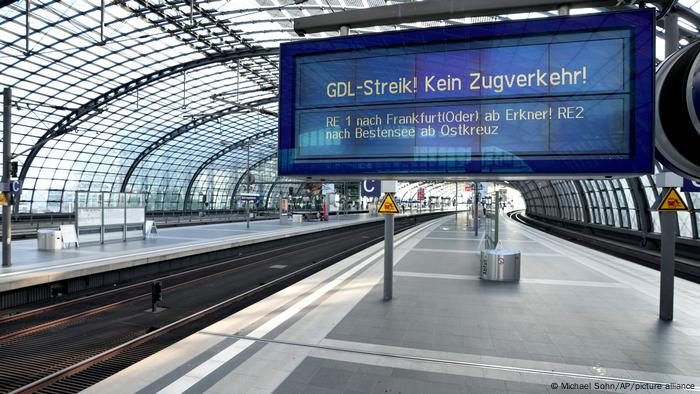
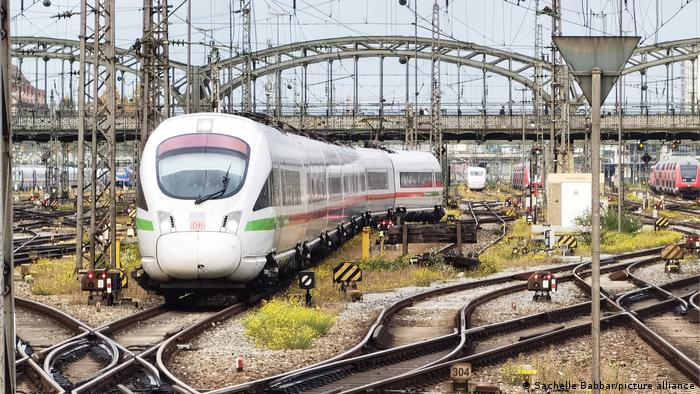

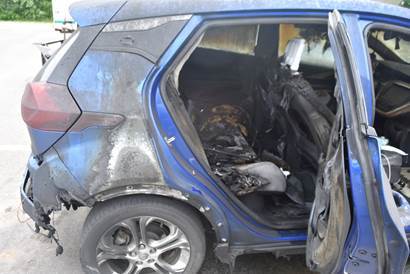
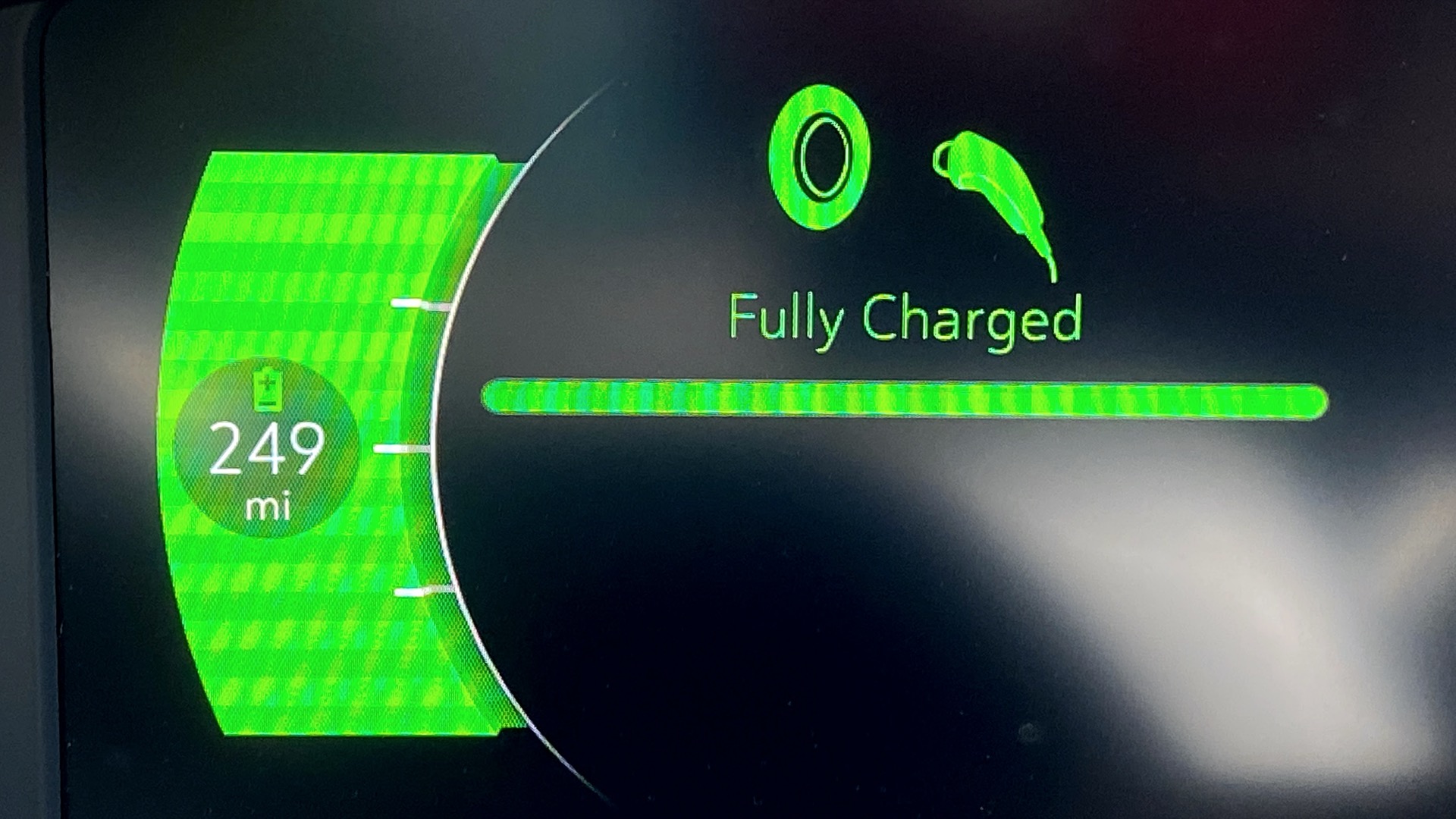
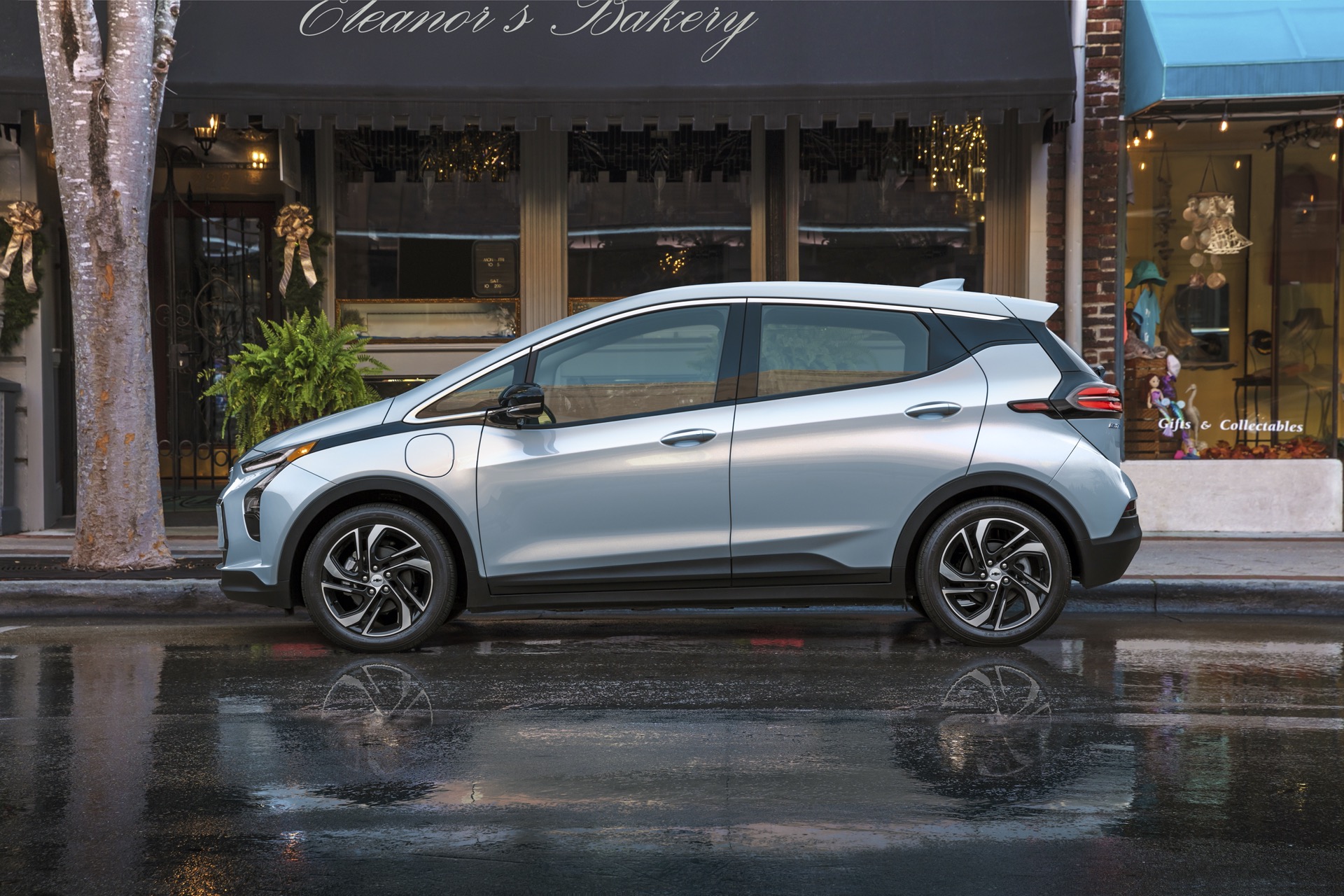



 The 7.2 magnitude earthquake destroyed or damaged over 130,000 homes Reginald LOUISSAINT JR AFP
The 7.2 magnitude earthquake destroyed or damaged over 130,000 homes Reginald LOUISSAINT JR AFP